Electric Unicycles (EUCs) have surged in popularity as compact, eco-friendly commuting tools for city dwellers and adventurers alike. But with so many models on the market—each boasting different features, specs, and price tags—how do you choose the best electric unicycle for your daily ride?
This comprehensive guide will walk you through everything you need to consider before buying your first (or next) EUC. From battery life to safety features and budget, we’ve got you covered.

What Factors Should You Consider When Buying an Electric Unicycle for Commuting?
Choosing the right electric unicycle isn’t just about buying the fastest or most expensive one—it’s about selecting a model that fits your unique commuting needs.
Understanding Range and Battery Life for Your Daily Commute
Range is a top concern. If your daily travel is 10 miles each way, you’ll want an EUC that can handle at least 25 miles per charge, factoring in hills, weather, and battery degradation.
Battery capacity is measured in watt-hours (Wh). For commuters, a battery above 600Wh is a good baseline. Higher capacity (e.g., 1,000Wh+) offers longer rides but adds weight and cost.
Keep in mind that riding at top speed, in cold weather, or on hilly terrain drains the battery faster.
Weight and Portability Considerations for Commuters
EUCs range from 20 to over 70 pounds. If you need to carry your wheel upstairs, onto public transport, or into an office, weight matters.
Lighter EUCs are easier to handle and stow but often sacrifice range and power. Consider a balance: under 40 lbs is ideal for portability without too many trade-offs.
Check if the EUC includes a trolley handle for rolling the unit indoors—this small feature greatly improves portability.
Weather Resistance and Water Protection Features
Daily commuters can’t always predict the weather, so water resistance is crucial. Look for models with at least an IP55 rating, which protects against light rain and dust.
Some high-end models offer even better protection, but it’s still wise to avoid riding in heavy downpours. Always dry and store your EUC properly after wet rides to prevent long-term damage.
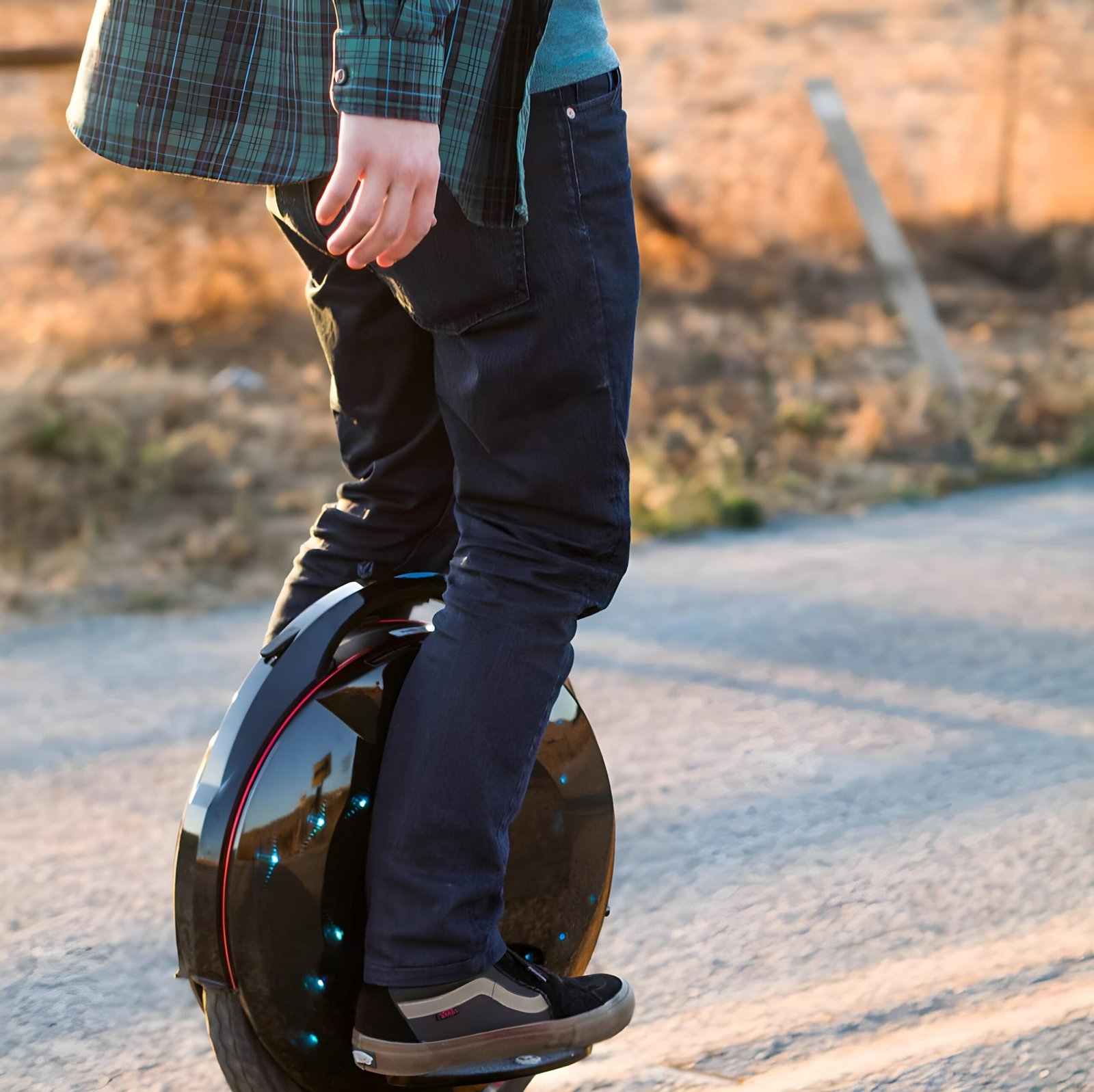
Image courtesy of InMotion / eu.inmotionworld.com
What Are the Best Electric Unicycle Wheel Sizes for Different Travel Types?
Wheel size has a big impact on maneuverability, comfort, and performance. EUCs typically come in sizes from 10″ to 22″.
Smaller Wheel EUCs for Urban Commuters: Pros and Cons
Smaller wheels (10″–14″) are agile and easier to carry. They’re perfect for short, flat city rides with smooth pavement.
Pros:
- Light and compact
- Fast acceleration
- Easier to learn for some
Cons:
- Less stable at high speeds
- Poor shock absorption on uneven roads
They’re best for those who prioritize portability over comfort and speed.
Larger Wheels for Long-Distance and Mixed Terrain Commuting
Wheels in the 16″–20″+ range are more stable and comfortable over longer distances or rougher terrain. They’re better at handling bumps, curbs, and gravel paths.
Pros:
- Better ride comfort
- Improved stability
- Suitable for high-speed rides
Cons:
- Heavier and bulkier
- Slower acceleration
If you ride over long distances or deal with less-than-perfect infrastructure, opt for a larger wheel.
How Wheel Size Affects Stability and Ride Comfort
Larger wheels increase the gyroscopic effect, offering more natural balance and stability. They also reduce vibration, making the ride smoother and less fatiguing.
Smaller wheels feel twitchier but are easier to turn at low speeds—useful in dense urban traffic.
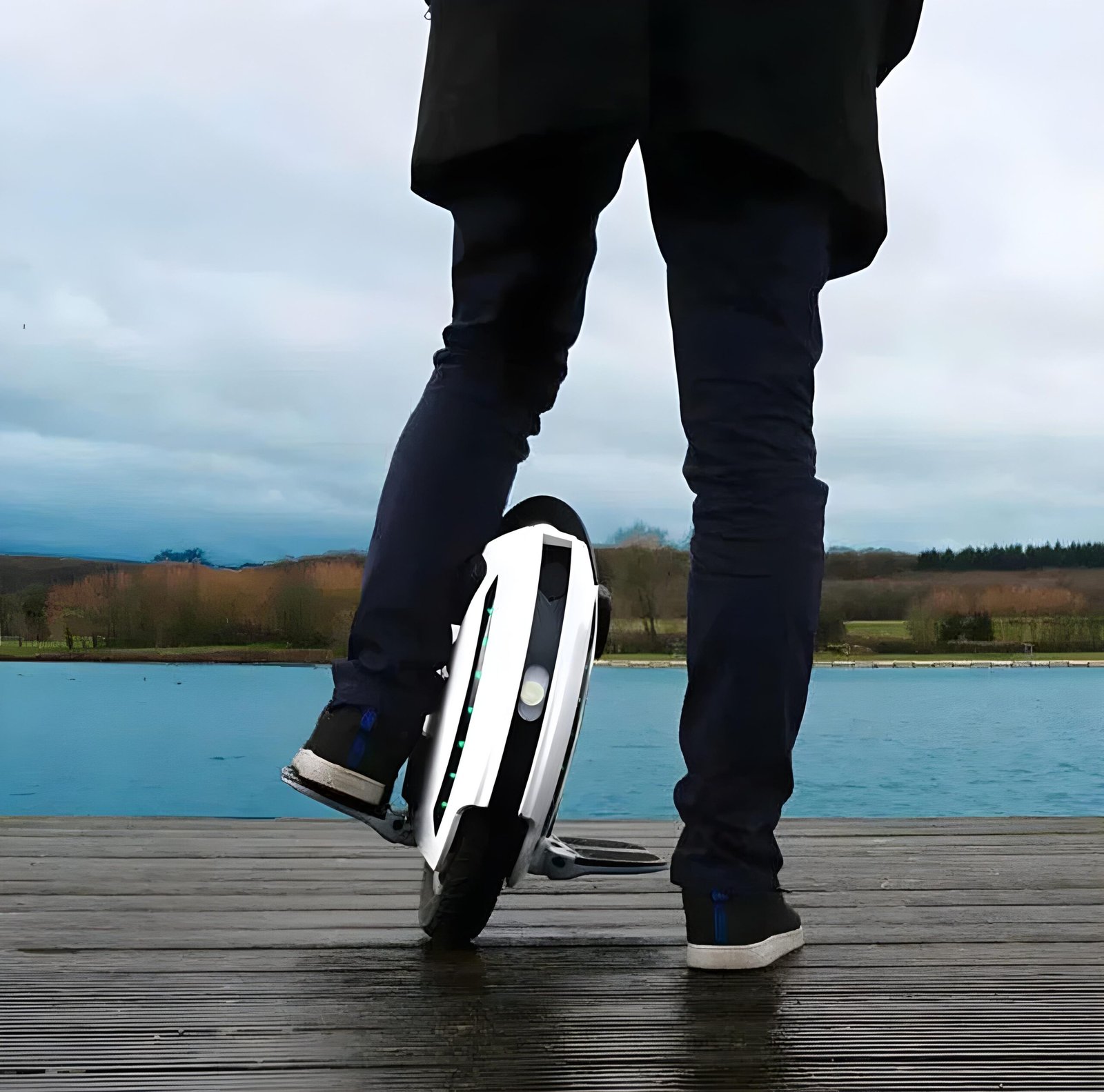
Image courtesy of King Song / kingsong.com
How Much Power and Speed Do You Need in an EUC for Commuting?
Not all riders need a 50 mph beast of a machine. Let’s talk real-world power needs.
Understanding Motor Power and Its Impact on Performance
Motor power is measured in watts (W). For daily commuting, 1,000–2,000W is usually sufficient. Heavier riders or those tackling hills should lean toward the higher end.
More powerful motors:
- Accelerate faster
- Handle inclines better
- Offer higher top speeds
However, higher wattage often comes with increased cost and battery demands.
Top Speed Considerations for Safe Commuting
Speed matters, but so does safety. A top speed of 18–25 mph is enough for most rides. Anything faster becomes risky in city environments.
Choose a model with a safe cruising speed slightly above your normal pace. This allows flexibility without pushing your EUC to its limit, preserving battery life and reducing overheating.
Balancing Speed and Range for Optimal Ride Experience
There’s always a trade-off between speed and range. Riding at max speed drains the battery quickly. Aim for an EUC that offers a comfortable cruising speed while maintaining 20–30 miles of real-world range.
Smart energy management—slower riding, coasting, and gradual acceleration—can extend range and battery health.
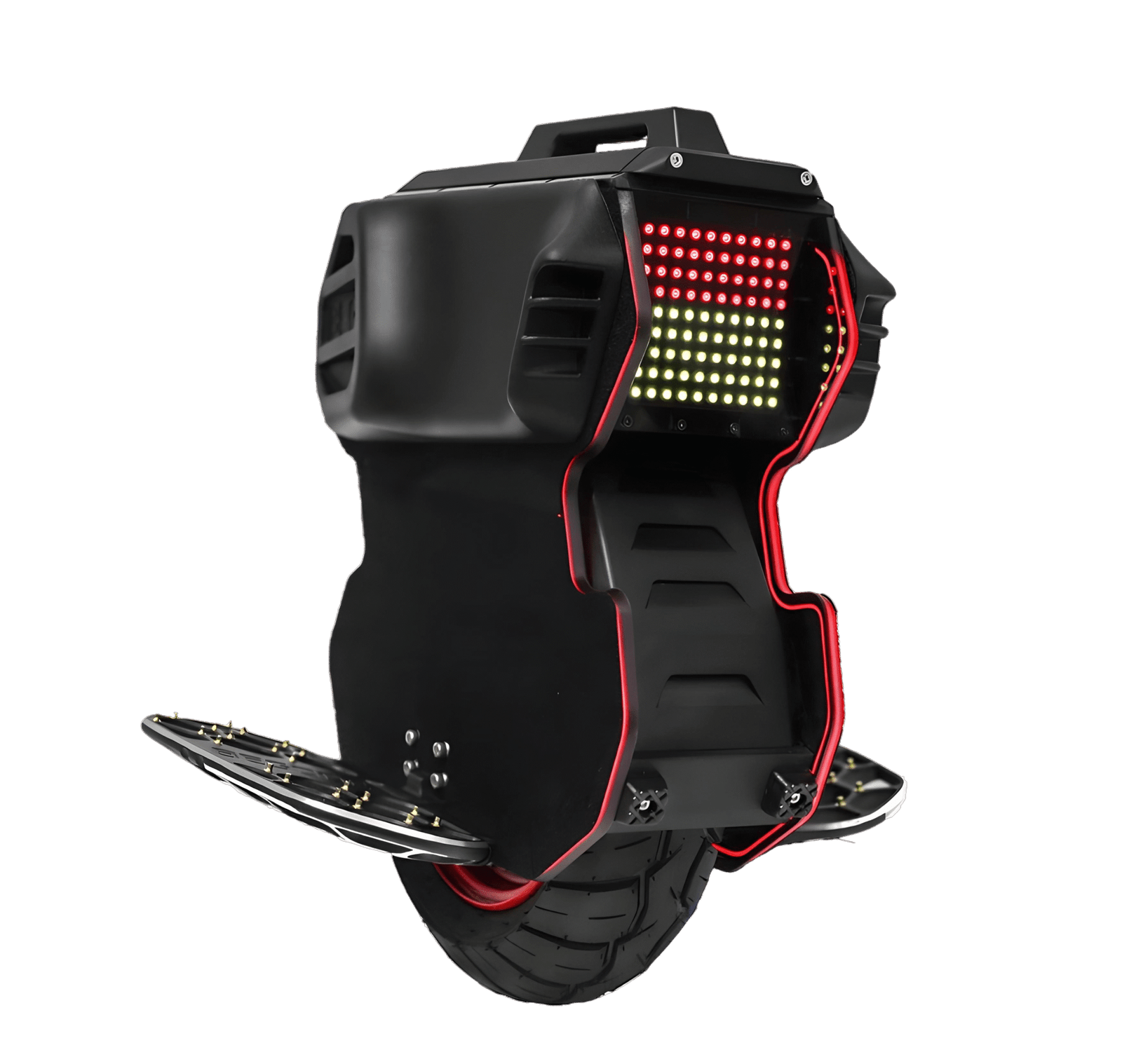
Image courtesy of Begode / begode.com
What Safety Features Should Your Electric Unicycle Have?
Riding an EUC safely goes beyond helmets and elbow pads. Built-in features matter too.
Essential Safety Features for Beginner and Experienced Riders
Key safety features to look for:
- Tilt-back warning: Tilts the pedals upward when max speed is approached
- Speed alarms: Audible alerts to avoid over-speeding
- Battery level alerts: Prevents riding on dangerously low charge
- Overheat protection: Prevents motor failure
These built-in failsafes help riders avoid accidents and equipment damage.
Lighting and Visibility Systems for Commuting
A quality EUC should have:
- Front and rear LED lights
- Brake lights
- Side LED strips for visibility
For night commuters, add a helmet light and reflective gear to stay visible in traffic.
Protective Measures Against Battery and System Failures
Battery Management Systems (BMS) are critical. They monitor temperature, voltage, and charging to avoid malfunctions or thermal runaway.
Choose a model from a reputable brand with a good track record. Avoid no-name imports that cut corners on battery safety.

How to Choose Between Major EUC Brands and Models?
Brand reputation and after-sales support make a big difference in the EUC world.
Comparing Top Electric Unicycle Manufacturers
Leading brands include:
- Begode (Gotway) – Known for high performance and speed
- InMotion – Focuses on reliability and safety
- KingSong – Balances features, safety, and comfort
- Veteran (LeaperKim) – Builds rugged, premium wheels for serious riders
Stick to well-established brands to ensure software updates, replacement parts, and community support.
Best EUC Models for First-Time Buyers
For beginners, consider:
- InMotion V8F – Lightweight, beginner-friendly, good for short rides
- KingSong 14D/14S – Stable, affordable, and portable
- Begode Mten4 – Small wheel for learning and urban commuting
These models offer a gentle learning curve while still being commute-ready.
Premium Options for Experienced Commuters
If you want more speed, power, and range:
- Veteran Sherman-S – Long-range, powerful, and durable
- InMotion V13 – High-end performance with advanced suspension
- Begode EX30 – Great for speed lovers with long rides
These models are built for high mileage and experienced riders.
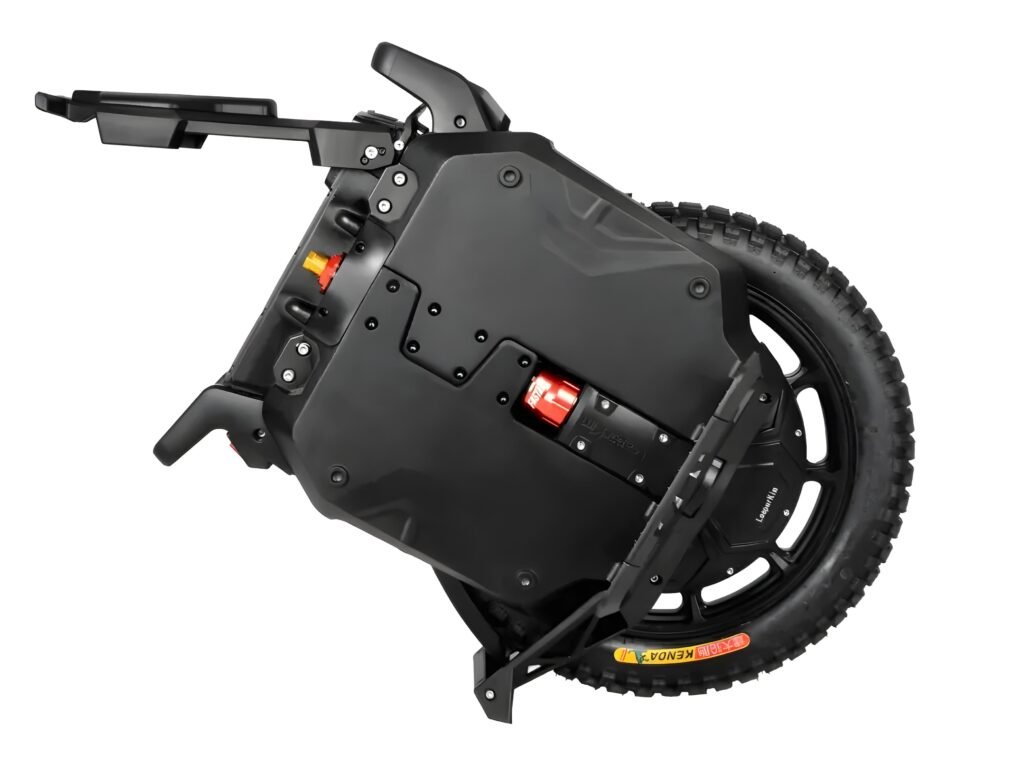
Image courtesy of Voltride / voltride.com
What’s the Learning Curve for Electric Unicycle Commuting?
EUCs are not plug-and-play devices—you’ll need time and practice.
Beginner-Friendly EUCs to Learn On
Some wheels are easier to learn:
- Lower speeds
- Lighter build
- Smooth torque response
The InMotion V8F and KingSong 14D are popular starter wheels for a reason—they’re forgiving and easy to control.
Time Investment to Master Self-Balancing Unicycles
Most people need 3–10 hours to get basic riding skills and 2–4 weeks to travel confidently. Progress depends on balance, consistency, and how often you practice.
Wear protective gear while learning, and start in an open, flat area. Video tutorials and EUC communities (like Reddit’s r/ElectricUnicycles) are excellent learning resources.
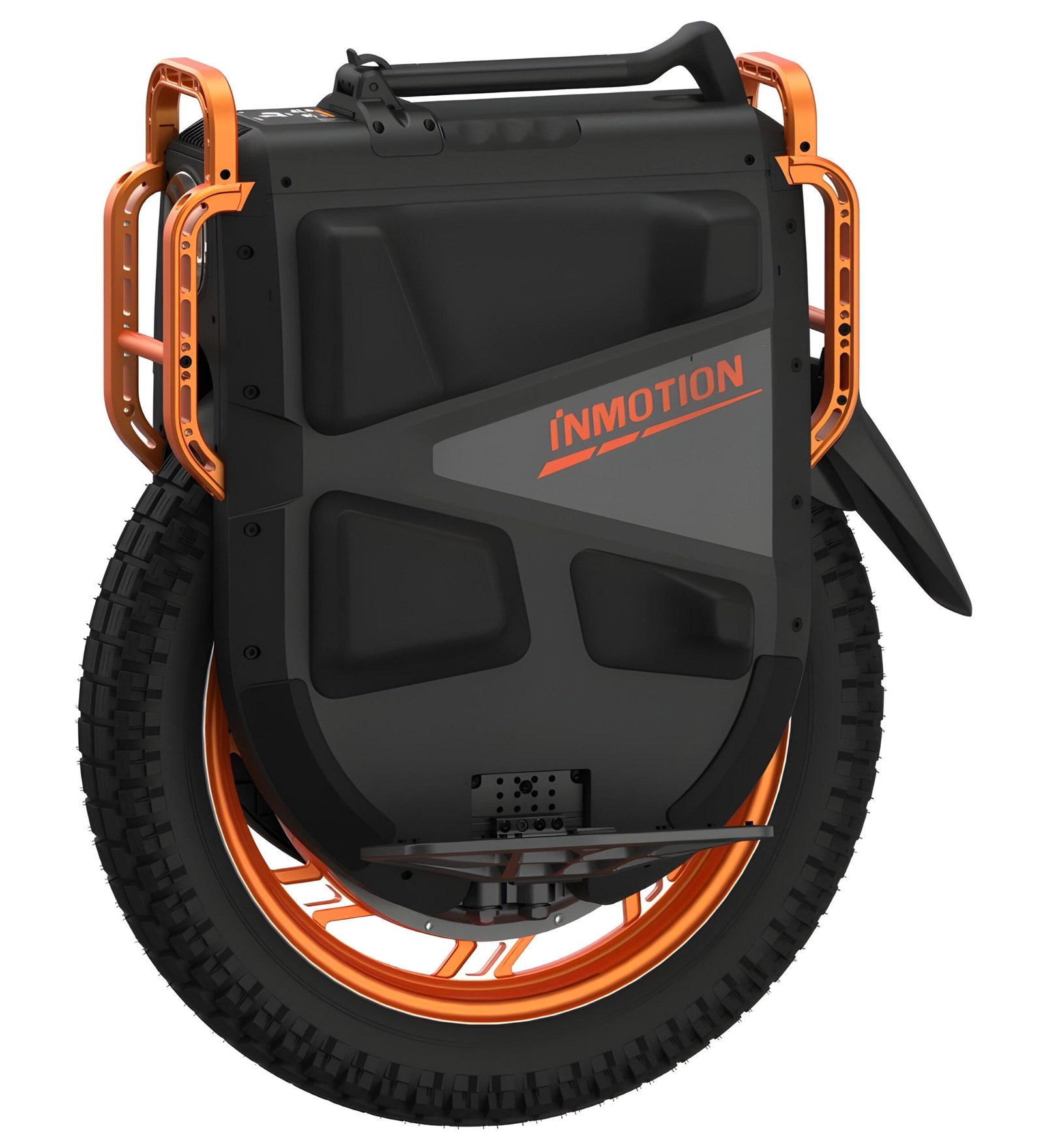
Image courtesy of InMotion/ myinmotion.com
How Much Should You Budget for a Quality Electric Unicycle?
EUCs aren’t cheap, but the right investment can last for years.
Entry-Level vs Premium EUCs: What You Get at Different Price Points
- $400–$800: Compact models, limited range and speed, good for learning
- $900–$1,500: Balanced wheels with solid commuting range and features
- $1,600–$3,500+: Long-range, high-speed EUCs with advanced safety systems
Avoid very cheap options unless you’re just trying to test the waters.
Long-Term Costs: Maintenance, Accessories, and Upgrades
Plan for these extras:
- Protective gear: Helmet, wrist guards, pads ($100–$300)
- Tires & inner tubes: Occasional replacements ($50+)
- Firmware updates and servicing: Often free, but downtime may occur
- Accessories: Trolley handles, speakers, seat pads, etc.
A well-maintained EUC can last 3–5 years or more. Treat it well, and it’ll reward you with thousands of smooth, eco-friendly miles.
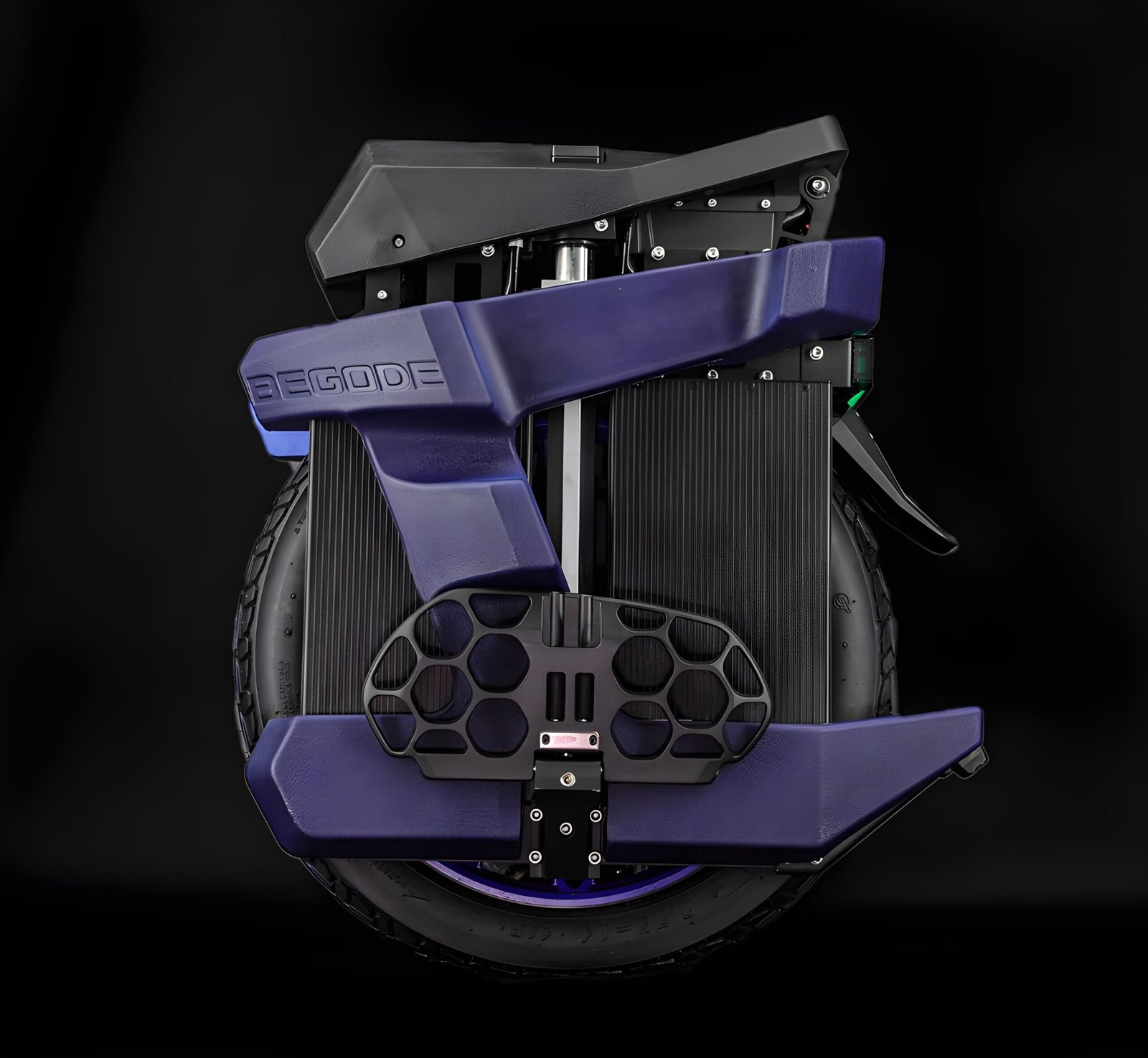
Image courtesy of Begode / begode.com
Conclusion
Choosing the right electric unicycle for commuting isn’t about picking the most powerful model—it’s about matching your needs with the right features, size, and safety considerations. Whether you’re a beginner or a seasoned micromobility user, this guide should give you the clarity to make an informed, confident purchase.
Your perfect EUC is out there—just one smart decision away.
Frequently Asked Questions About Electric Unicycles
To choose the best electric unicycle, you need to evaluate your daily travel distance, terrain, and desired speed. For short city rides, a compact model with moderate speed and range will work fine. If your ride involves hills or longer distances, opt for a more powerful EUC with a larger battery and wheel. Always check safety features, build quality, and brand reputation before buying electric.
An EUC battery directly affects your range, charging time, and overall commuting reliability. Higher capacity batteries (measured in watt-hours) offer longer range, allowing you to ride further on a single charge. However, they add weight and cost. It’s also important to consider the battery’s longevity—charging habits, riding speed, and climate can all impact long-term performance.
Yes, some electric unicycles come specifically designed for off-road use. These models typically feature larger wheels (18–22 inches), more robust suspension systems, and grippy tires for uneven terrain. If your commute includes trails or mixed environments, make sure your EUC is built to handle it. Regular commuter EUCs aren’t suited for rough off-road riding and may suffer damage.
Many riders are surprised by how quickly they can learn to ride an electric unicycle. With dedicated practice, most beginners find their balance within a few hours and can ride confidently within a few days. Start in a safe, open space and wear protective gear. The learning curve can vary, but consistency is key. Don’t rush—building muscle memory takes time.
While both are part of the personal electric vehicle family, electric scooters typically have handlebars, two wheels, and a more intuitive learning curve. Electric unicycles offer a smaller footprint, better maneuverability, and longer range potential in many cases. However, they require balance and more skill to master. If you’re deciding between a scooter and a unicycle, consider how much portability, range, and riding style matter to you.
It depends on your battery size and usage, but most riders charge their EUC every 1–2 days. Avoid depleting the battery completely and don’t leave it charging overnight regularly. Keeping your EUC battery between 20% and 80% most of the time helps preserve its lifespan.
If you’re looking to cut commuting costs, avoid traffic, and reduce your carbon footprint, then yes—buying electric is absolutely worth it. Electric unicycles offer a fun, efficient, and surprisingly powerful way to navigate urban environments. While the upfront cost can be high, long-term savings on gas, parking, and public transport quickly add up. The first week can be tough — but the freedom is worth it.
For further reading and resources, explore these helpful links:
- ✅ Electric Ride Safety Tips – For essential safety tips before your next ride.
- 🌐 Inmotion EUC Products – Browse a leading selection of electric unicycles from a trusted manufacturer.
